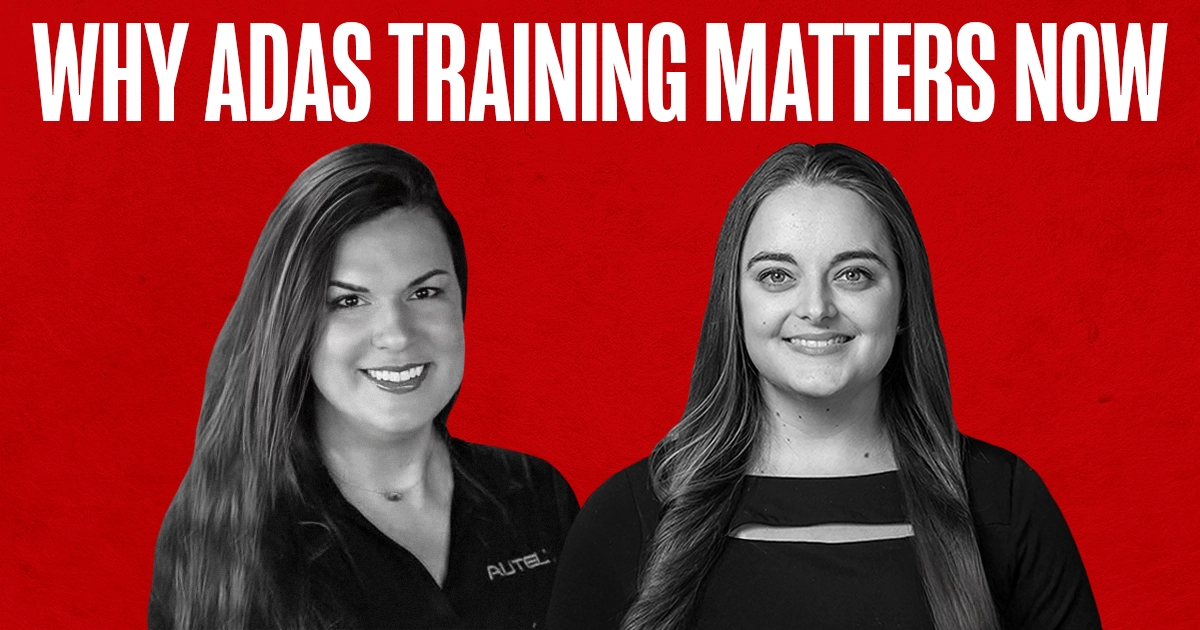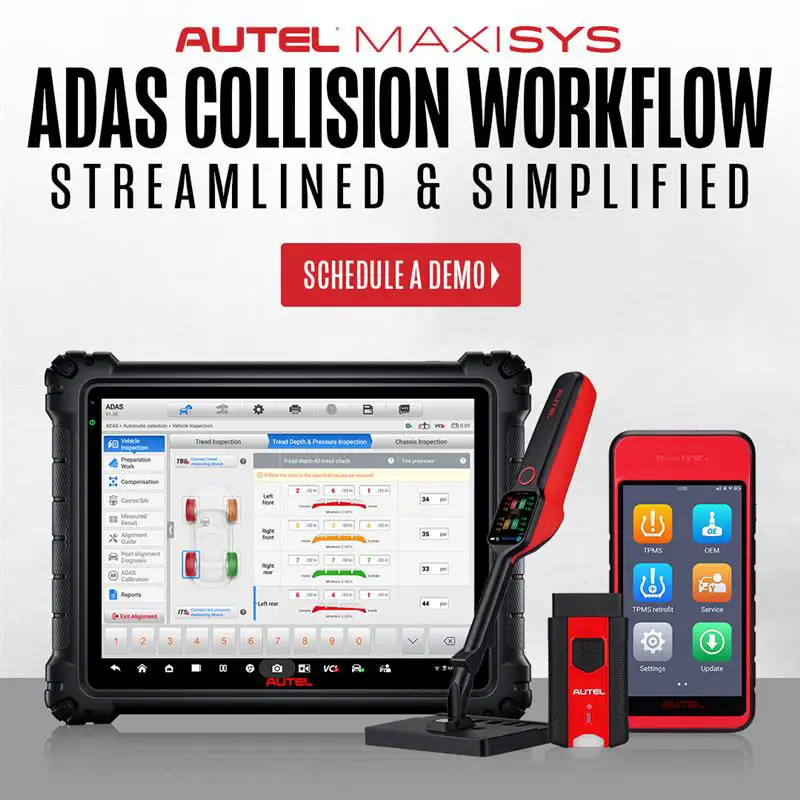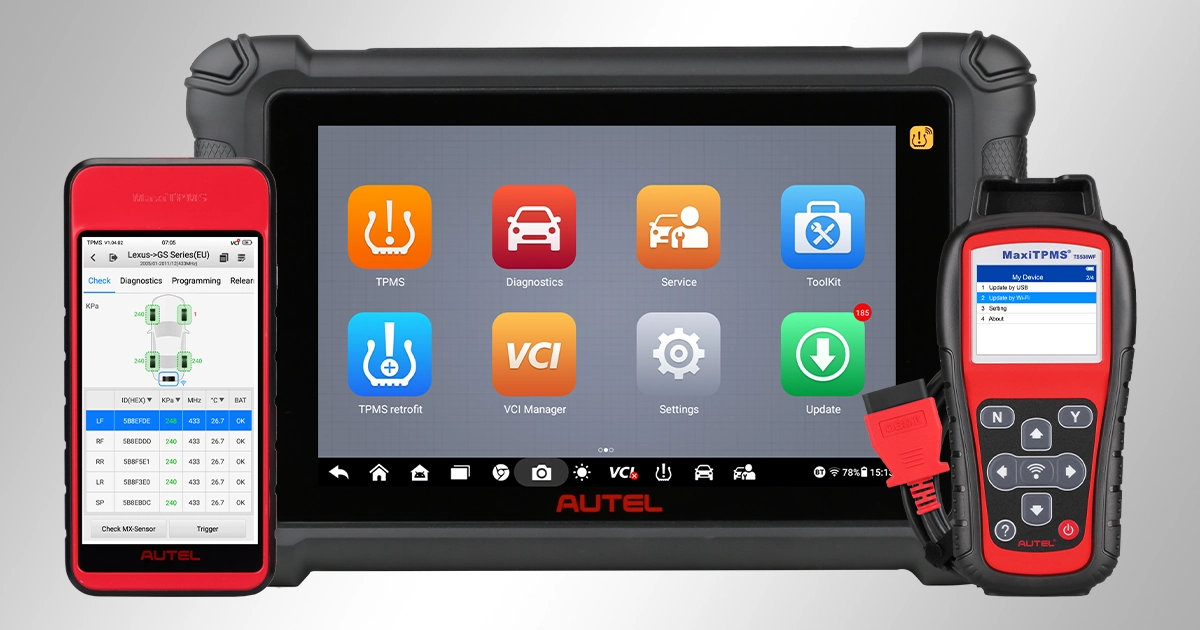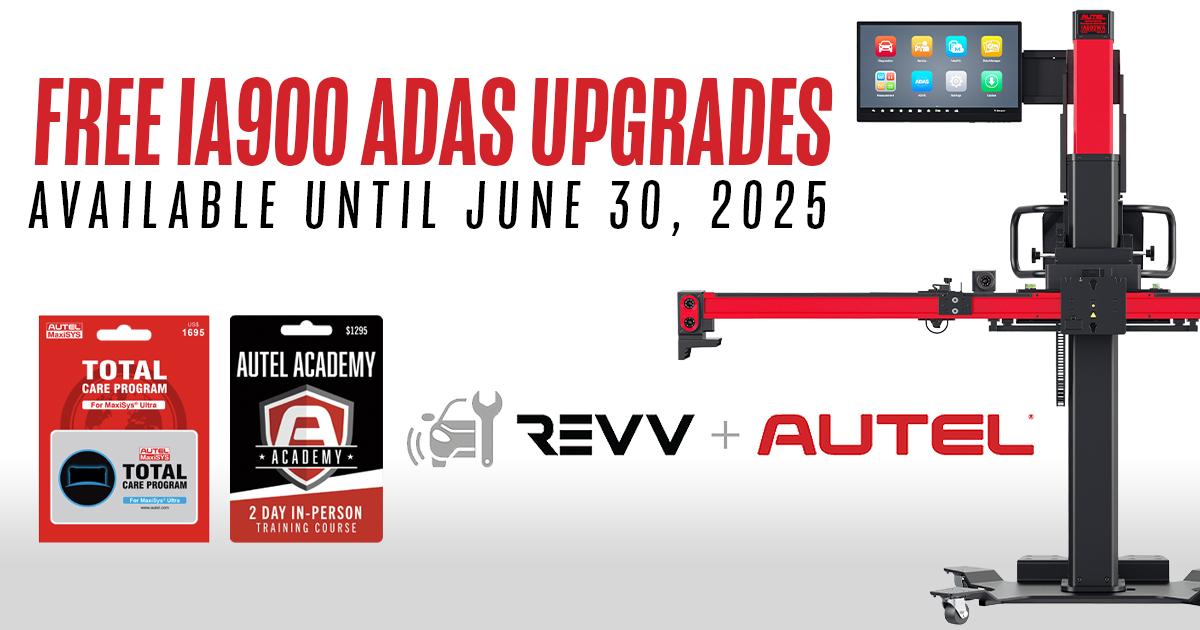Originally published by aftermarketNews on July 11, 2025
If the automotive aftermarket doesn’t continue to push ADAS technology forward, OEMs will. That’s what’s at stake when it comes to constantly updating the calibration software that’s become more prevalent as cars come off the assembly line with more sensors.
With new technology comes misconceptions about why it’s necessary and how it helps. That’s where Sue Ratkewicz comes in. She’s an AUTEL ADAS technical trainer who spends her time traveling the country making sure technicians understand the latest updates to the software.
As she travels, Ratkewicz has picked up on the most common misconceptions of the technology. These misconceptions, revolving around customer education, checking for accuracy and continuing education on technology also serve as barriers to capitalizing on the opportunities to make money at shops that do ADAS calibration, she said.
Customer Education
The first big barrier Ratkewicz points out is customer understanding of the technology. If they don’t understand the potential danger of sensors not being calibrated properly, they’re hesitant to spend the money to get it corrected.
“The shop owner or the technician understands, but the customer doesn’t always want to accept those responsibilities,” Ratkewicz said.
That’s where she says communication with the customer is key. If customers clearly understand the safety ramifications of having a vehicle aligned, they are more likely to pay for the service, increasing safety, while also adding a steady revenue stream for the shop. Many other common misconceptions can be taken care of through proper training, according to Ratkewicz. She said while ADAS technology can be very user friendly, it takes time and space for the equipment to be used properly. It’s also crucial that technicians check their work.
“My tablet screen says it was successful—so that means it was done properly. That’s a big misconception,” Ratkewicz said.
That’s where she says it’s critical that technicians follow every step to properly set up the calibration. Following instructions, and not just adjusting targets and equipment until the equipment says the calibration has been completed, is the best way to ensure the job is done right.
“Follow the instructions from the manufacturer… if it’s off by just a little bit, that could lead to further problems,” Ratkewicz said.
If sensors are off by even just a couple degrees, that can make a huge difference in the car’s safety feature response, especially when you consider much of what the sensors are monitoring is from a significant distance away.
Need for Equipment Updates
Ratkewicz said another big misconception about ADAS is that once you’re trained on the technology, you’re good to go. The equipment requires regular updates to make sure the latest vehicle data is imported. Technology is also continuously improving and that is reflected in each update to the system. If equipment is not kept updated, the old information can be detrimental to a proper alignment.
“Training is extremely important … some of the things I learned in 2021 are almost outdated,” Ratkewicz said. “We’re in an advanced technology industry. These products are changing just as our vehicles are changing.”
For Ratkewicz, the specific type of training is just as important. Now, it’s common for people to go online to find a quick video to troubleshoot technology problems. She said the source of that video is critical. Each piece of equipment is different, and each shop has a slightly different setup, so having in-person training with someone from the company where they purchased the equipment is the best way to make sure you’re getting the best, most accurate information.
Ratkewicz sees the value in ADAS and believes it’s a crucial part of shops’ futures. As more vehicles that utilize sensors go into operation, it’s imperative that aftermarket shops keep up, because if they don’t, OEM dealerships are happy to have the business. If everyone from shop owners to technicians to consumers can understand the importance of ADAS, she believes people will put in the effort to stay on top of the technology and the opportunity it offers.








